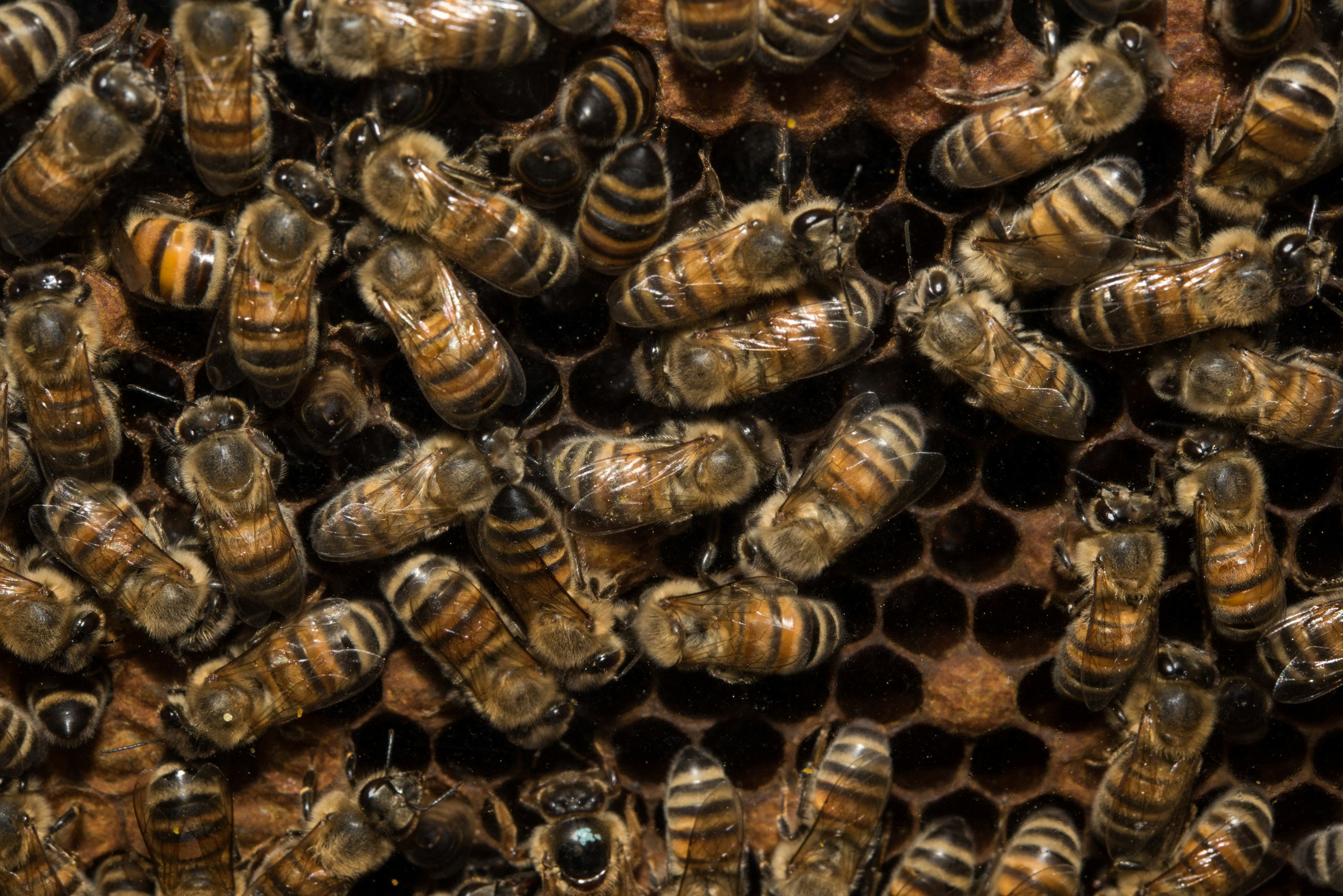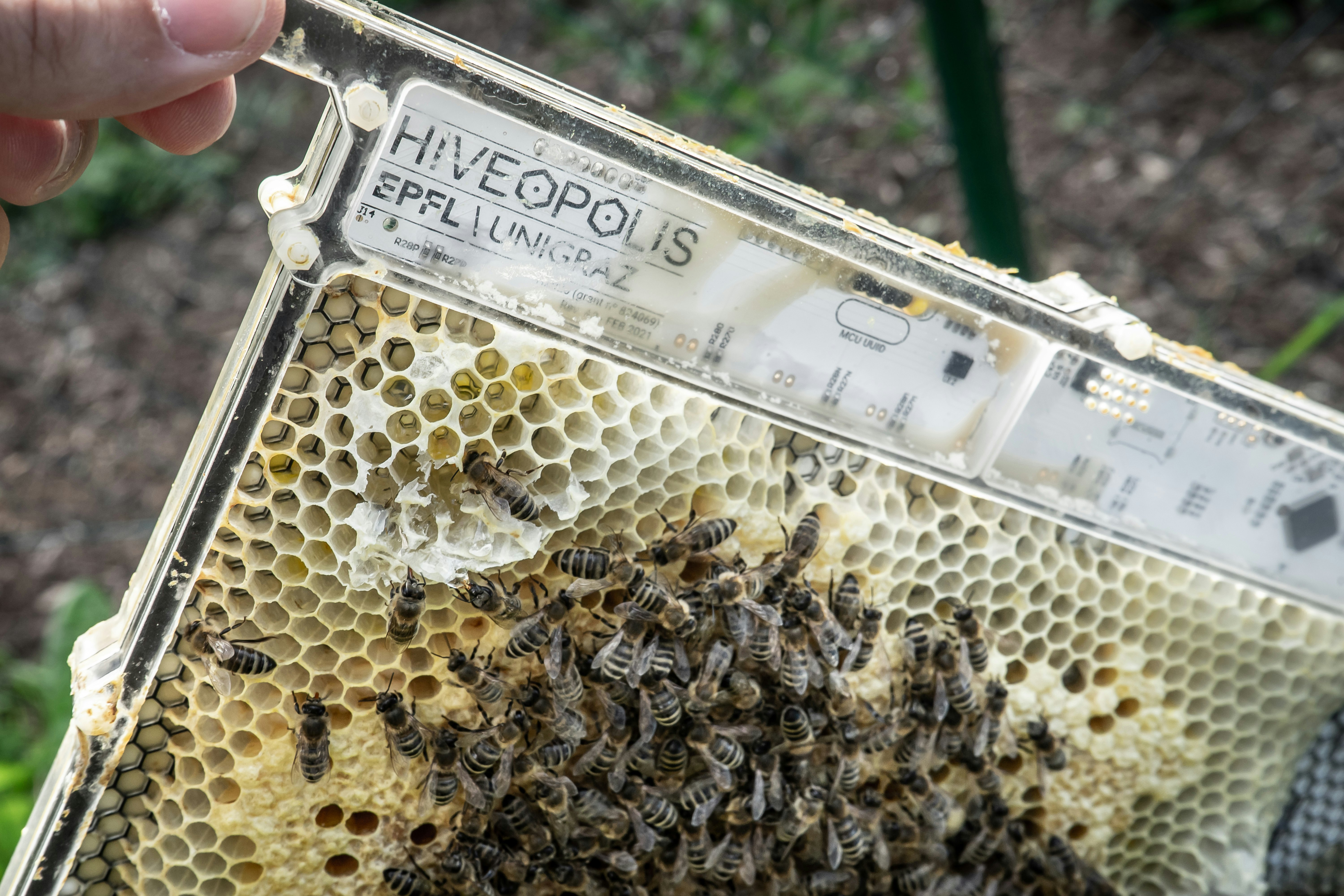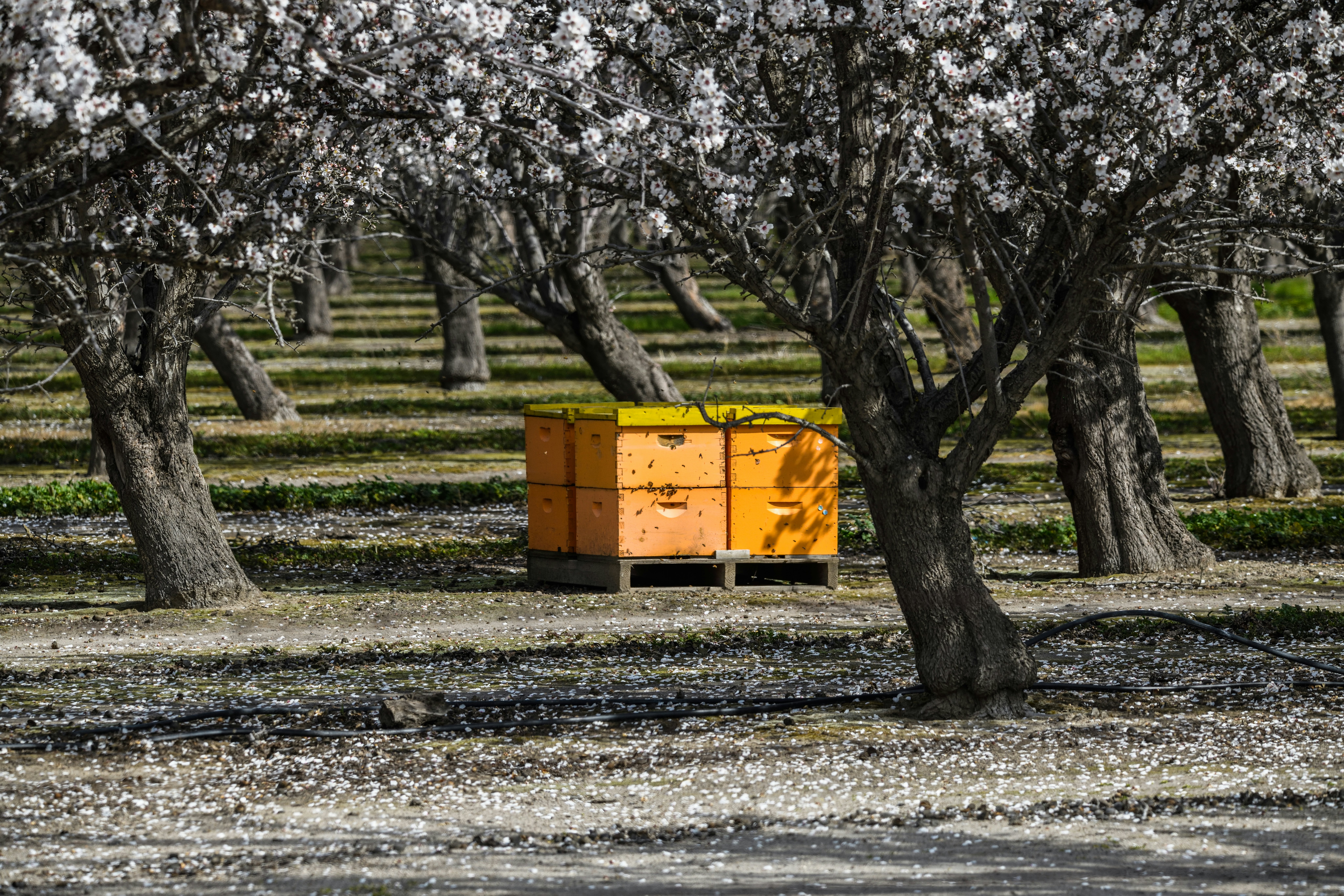
Smart homes decked out with motion sensors, automated lights, and precision thermostats are often considered must-haves in futuristic dwellings. But could they pave the way forward for beehives, too?
In a new paper published in Science Robotics, researchers showed off a new design for a robotic beehive that can monitor a colony’s behavior and even resuscitate honeybees endangered by extreme cold. While the system probably wouldn’t work for wild bee populations, it could help beekeepers who raise insects for agricultural purposes.
What’s more, it could even play a role in shifting the way we consider technology in relation to nature. Humans have often viewed nature as “something challenging and that must be controlled and exploited, forgetting that they are part of ecosystems,” Donato Romano, a bioroboticist at the Sant’Anna School of Advanced Studies in Italy who wasn’t involved in the new study, tells Inverse.

Bee perils
Today, a mysterious condition known as colony collapse disorder threatens honeybees worldwide. When CCD — as it’s known in the beekeeping world — strikes, a colony’s worker bees suddenly die, leaving the queen and young bees defenseless. Researchers first noticed this alarming outcome in the winter of 2006, when some beekeepers reported up to 90 percent of their hives suddenly dying.
Dead bees spell bad news for the global food supply: Honeybees serve as essential pollinators for about a third of the United States’ agricultural crops, including apples, almonds, pumpkins, squash, broccoli, and melons. “This is a serious problem,” Rafael Barmak, a roboticist at the Swiss Federal Institute of Technology Lausanne in Switzerland and the first author of the study, tells Inverse.
While it’s hard to pinpoint the exact causes behind colony collapse, scientists suspect that a combination of climate change, pesticides, and invasive varroa mites leave bee colonies in a weakened state. All this chaos makes it difficult for them to deal with harsh winter weather; they may slip into a “chill coma” and die.
While beekeepers have been able to mitigate some colony collapse since CCD was first discovered with tactics like spacing out hives and reducing pesticide use, many still lose up to 20 percent of their insects each winter.
Robots to the rescue

Now, the new robotic hive could help revive a colony on the brink of collapse. It’s imbued with thermal sensors, heating implements, and a programmable control panel. But before researchers could test these features, they had to convince the bees to pack up and move in.
When designing any robot that integrates with an animal population, it’s tricky convincing the creatures to accept it. And different animals respond to different cues. “Depending on the species that you’re going to study, you need to be careful how you design your systems,” Barmak says, which is why his lab collaborates closely with biologists when crafting their robots.
For example, schooling fish tend to rely heavily on vision. Scientists who want to study them with robots must ensure their robo-fish look as close as possible to the real thing. As for bees, visuals are much less important — the hive is usually quite dark inside, so they don’t rely on sight to feel at home.
Instead, they look for cues like texture and smell, Barmak explains. If the robotic hive were made of a harsh material like metal, they wouldn’t go near it. Similarly, if it had wires and cables running through its chambers, the bees would try to chomp through them with their mandibles.
To make the robotic hive nice and welcoming, Barmak and his team constructed it from plexiglass and laminated wood, sandwiching circuit boards between these materials. Then, they coated the whole structure with beeswax. Sure enough, the insects took to the hive.
The scientists monitored the roughly 4,000 bees through the winter season spanning late 2020 and early 2021. When a cold snap rendered the colony comatose, they were able to activate the heating implements and bring the bees back from the brink of a chilly demise.
In addition to reviving freezing bees, the researchers say the robotic hive can provide valuable insight into the hidden lives of these insects. It’s often tricky to study how bees interact inside the hive without seriously disrupting them, but a hive embedded with circuits and sensors could remove the invasive aspects of bee research — offering scientists a rare peak into their private dynamics.
“It’s a complex system with so many tiny parts operating together,” Barmak says. “What’s interesting here is to try to understand how they collaborate.”
While it probably isn’t practical to build bio-hybrid hives for wild bees (it would be tough to get a power source for them), this type of robotic home could be implemented in controlled beekeeping settings. For Romano, it’s indicative of an exciting new world of possibilities.
“This research field represents a paradigm shift in environmental monitoring and management, precision agriculture, and wildlife preservation,” he says.







